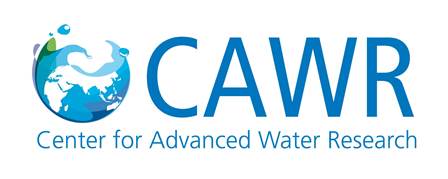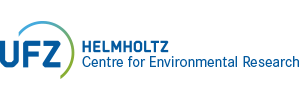News
13.11.2024
Prof. D. Borchardt
im Deutschen Museum/ München
"Wissenschaft für jedermann"
Wasser-Ressourcen
Wasser-Ressourcen im Zeichen des Klimawandels – Livestream und Vor-Ort-Veranstaltung – Die Auswirkungen des Klimawandels werden in Mitteleuropa zunehmend messbar und manifest mit erheblichen Auswirkungen auf verschiedenste Lebens- und Wirtschaftsbereiche.
see Stream (in German only)
Dr. S. Jomaa in french national radio (Radio France International, RFI)
on the resilience of groundwater reserves in south-west Europe (Les eaux souterraines du sud-ouest de l’Europe sont plus résilientes que supposé) in french
August 2024
Publication Wachholz, A., Jawitz, J.W., Borchardt, D. (2024) in Biogeosciences 21 (15) "From Iron Curtain to green belt: shift from heterotrophic to autotrophic nitrogen retention in the Elbe River over 35 years of passive restoration". More information - see in our Featured-Publication-Section.
15.02.2023
Publication Büttner, O. et. al. (2022) in Water Research
"Why wastewater treatment fails to protect stream ecosystems in Europe"
has been featured in the recent research-newsletter of the European Commission and discussed in the context why, despite a variety of efforts, less than half of Europe's watercourses are in a "good ecological status" due to multiple pressures from human impacts.
16.06.2022
ETC/ICM Report 1/2022
Comparison of multi-metric indicator-based tools for assessment of the environmental status in Europe’s seas
Publications
The Department is contributing to the competences of

